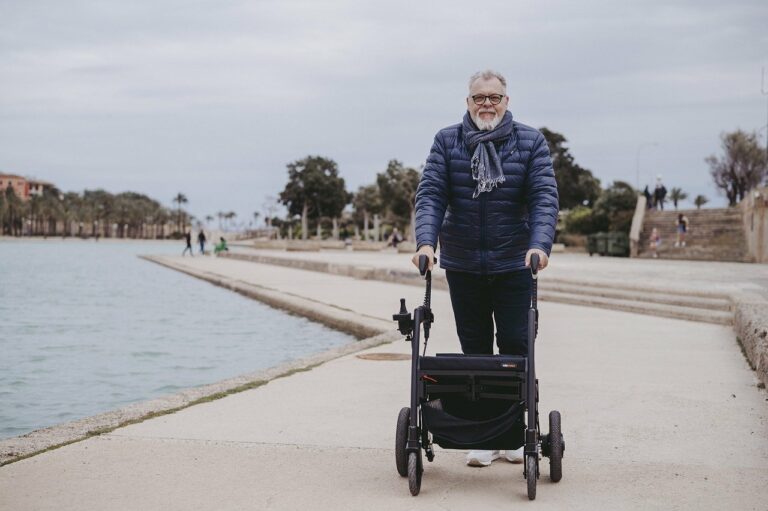Fashion Diplomacy: The Role of Clothing in International Relations
Throughout history, clothing has played a crucial role in shaping diplomatic relations between nations. The attire worn by diplomats and leaders during official meetings and ceremonies often carries symbolic meanings that can influence the outcome of negotiations and interactions. From the elaborate robes of Chinese officials to the tailored suits of Western diplomats, every garment conveys a message about the wearer’s cultural background, status, and intentions.
In some cases, the choice of clothing can even spark diplomatic controversies or misunderstandings. Cultural differences in dress etiquette and protocol have led to diplomatic incidents where a seemingly innocent sartorial choice was misinterpreted or perceived as a deliberate affront. Understanding the historical significance of clothing in diplomatic relations is essential for diplomats and leaders to navigate the complexities of international engagements and ensure effective communication and mutual respect.
Cultural Exchange Through Fashion
Fashion has long been a powerful tool for cultural exchange between nations. Through the lens of couture, countries showcase their rich heritage, unique craftsmanship, and creativity to a global audience. For example, traditional garments such as the Japanese kimono or the Indian sari not only embody the historical significance of their respective cultures but also serve as iconic symbols recognized worldwide. When these traditional elements are incorporated into modern designs and showcased on international runways, they bridge the gap between different societies and foster a deeper appreciation for diversity in fashion.
Moreover, fashion diplomacy has played a pivotal role in promoting understanding and cooperation among nations. The act of exchanging clothing, jewelry, and textiles as diplomatic gifts expresses respect and goodwill between countries. By embracing and celebrating each other’s sartorial traditions, nations can establish a sense of unity and mutual admiration, transcending linguistic and political barriers. This form of cultural exchange through fashion serves as a non-verbal language that speaks volumes about the interconnectedness of societies and the power of fashion to unite people across the globe.
Fashion as a Form of Soft Power
Fashion has long served as a powerful tool for nations to exert influence and shape perceptions on the global stage. Through carefully curated attire, diplomatic officials convey not just personal style but also cultural heritage and national identity. The strategic choice of clothing can send subtle yet impactful messages to both domestic and international audiences, helping to foster positive relationships and garner support for diplomatic initiatives. In this way, fashion becomes a form of soft power that transcends language barriers, allowing countries to showcase their values and aspirations without uttering a single word.
By incorporating traditional garments, modern designs, or symbols of national pride into their wardrobe, diplomats can highlight their country’s unique characteristics and foster a sense of connection with other nations. The deliberate selection of attire for official events or high-profile meetings can elevate a country’s image on the global stage, projecting an image of strength, sophistication, or approachability as desired. Through the artful fusion of fashion and diplomacy, governments can wield soft power to enhance their international influence and shape perceptions in a way that resonates far beyond mere sartorial choices.





